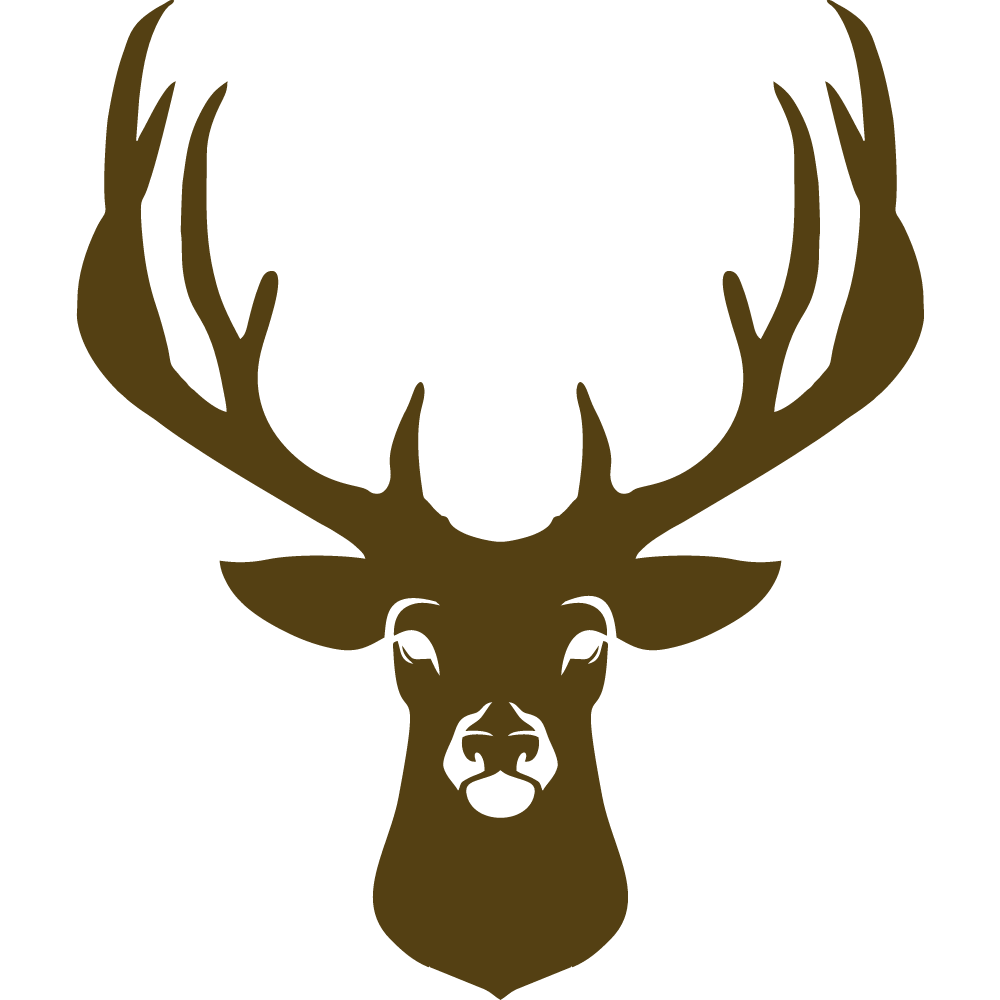Can't Fish Out The Basics? How To Read A Fish Finder
What if you had a competitive advantage over other fisherman? Well now you can with a Fish Finder, cast your line confidently, every time!
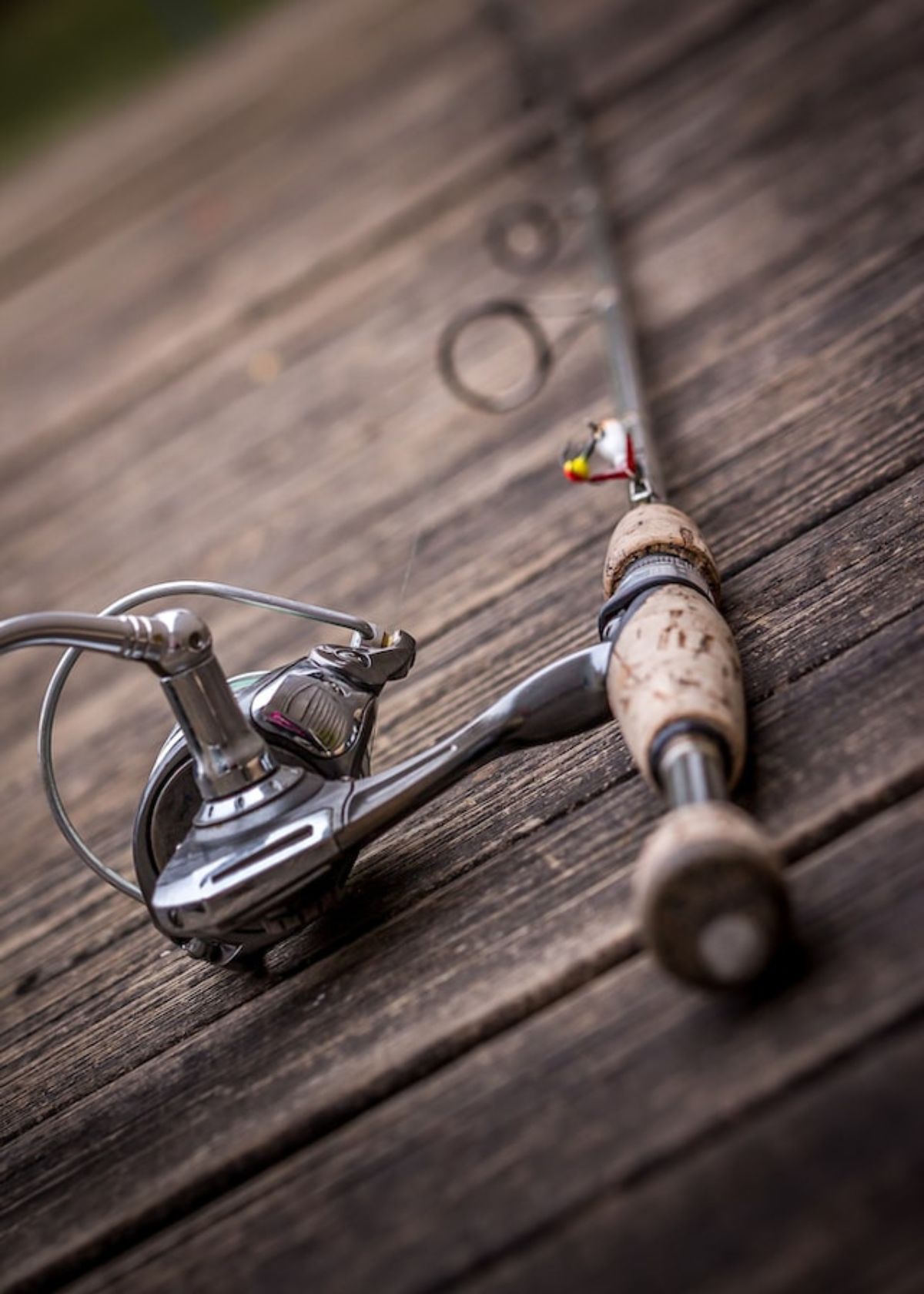
Have you ever wanted to know what is beneath the surface of your favorite fishing hole?
Thanks to modern technology and Fish Finders, now you can. By learning how to read a fish finder, you’ll get an inside look at the underwater world that was previously inaccessible. Imagine being able to see exactly where the school of bass were hiding this morning--all from the comfort of your boat!
You don't have to be a professional fisherman or avid boater in order to take advantage of these tools. All it takes is some simple research, practice and dedication and soon enough you'll be reading those depths like an expert! Equip yourself with not only all the necessary gear but also knowledge on how they work so that when it comes time for catching dinner everything runs smoothly.
Take a moment out of your day today to learn more about how fish finders work, who knows—maybe tomorrow you'll be reeling in dinner like never before!

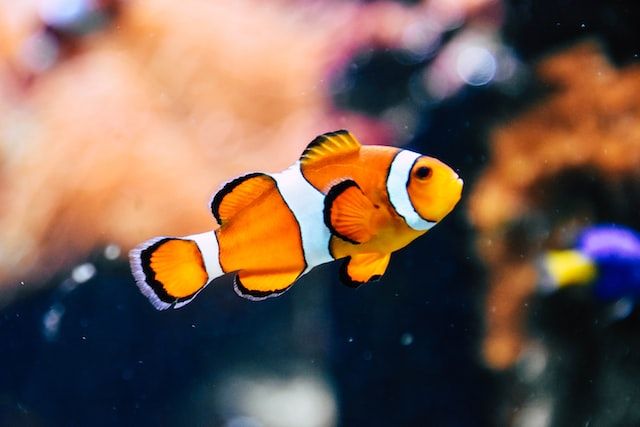
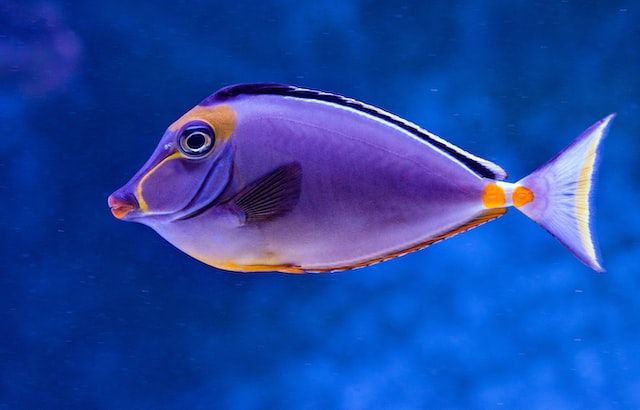
Benefits Of Using A Fish Finder
Fish finders are apparatus used to seek and catch fish, and their important in locating specific aqua creatures under water. Fish finders gives the fisherman the options of viewing the depth, aqua structure, fish hiding locations, speed and also depth temperature.
Being able to rely on technology to track, chart and find fish is truly a game-changer. Utilizing a fish finder can help expedite locating the school of fish and maneuver the fisherman into better position to have a successful catch.
Besides being incredibly useful they are practical too. You can mount them to your boat or kayak for easy access. Stop wasting daylight on guessing where you might catch your next fish and invest in technology to help you cut through the water.
Advantages Of Using Fish Finders
There are various advantages to using fish finders when setting out on the lake, we've compiled our list of Top 5 Advantages that hopefully bring clarity to their usefulness:
- The fish finder uses advanced GPS system that can show the location of the vessel as it moves on water.
- The screen's features are easy to use and have the capability to locate fish in all terrains of water.
- Can be used in different weather patterns like for example the rain, snow, under ice fishing, on fast flowing lakes and aggressive rivers.
- Some fish finders have a noise reduction feature that can captures even images of fast moving prey.
- A temperature gauge is a feature in the fish finder that is used to locate the exact location of the fish especially during the spawning time.
How To Read A Fish Finder
Sonar waves are emitted from the transducer, or bottom part of the fish finder that is placed in the water. They bounce around and return to the transducer, and the transducer reads the speed, distance, and rate at which these waves return.
The transducer then converts this raw data into visual data, usually thick, colored lines and arches. These lines are set at different depths, and you can tell where a fish is based on the depth of where it appears on the fish finder.
The first thing you need to be able to understand is a commonly found feature present in most modern day fish finder models. This feature is the depth finder.
Many fish finders have a depth sensor on the transducer, and this means that you will be able to tell how deep the water below your vessel is. The depth of the water can tell you the types of fish in the environment, what to expect below you and it can just be helpful in general.
Usually, on the top left of the fish finder’s screen, the depth will usually be displayed. Often in meters rather than feet, the depth should be clear and fairly accurate, with the accuracy depending on the specific fish finder model that you purchase.


A fish finder will display its results from the right to left – the opposite of how you read a book that’s written in English. The most recent results will be on the far right of the fish finder’s display, and the oldest will be all the way to the left.
This means that while you stay still, you should get a relatively stable image. If you’re moving, however, your fish finder will show you what is directly below the transducer at the right portion of the screen, and what you’ve already passed on the left side.
You will need to get comfortable with the distance and general proportions from your vessel to the fish finder, but at this point, you should already be becoming more familiar with your device.
You can set a custom zoom on a specific area if you only want to focus on what’s directly below you, or if you want to look more closely at one region.
The first information display type for fish finders that this article will go over is Fish-ID technology. This is the technology that will convert the raw data into a much simpler and user friendly interface.
You will see little fish icons where there are fish, often times different sizes, depending on the size of the detected fish. Some advanced Fish-ID systems will even have different icons for rocks, plants, and schools of fish.
All you need to do is look for an icon on the screen, read the depth at which the icon is displayed, and cast! It’s so simple. If you see a large rock on your Fish-ID fish finder, and expect a certain species to be found around there, then that’s where you would cast.
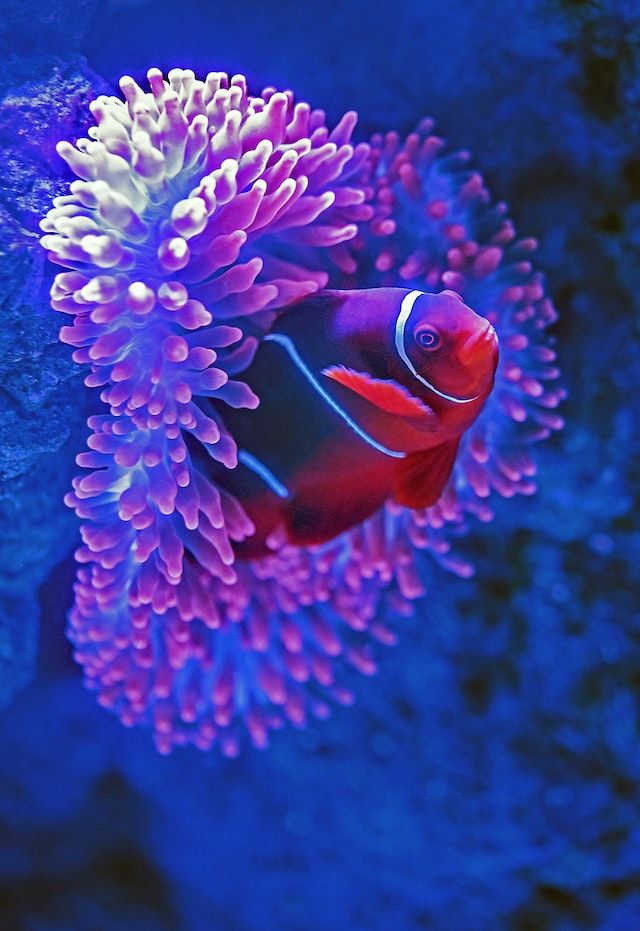

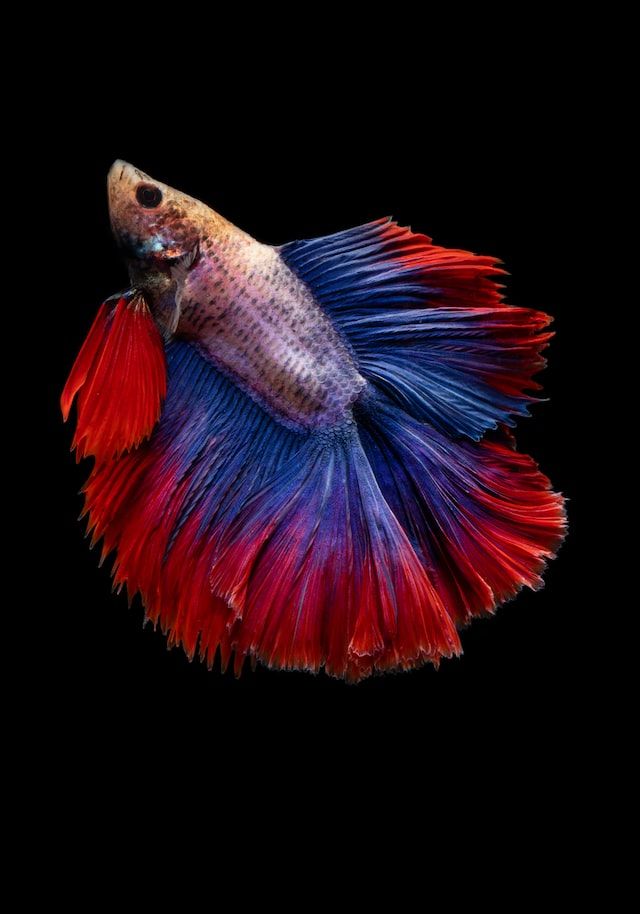
When a sonar wave is reflected off of a moving target, it is read as an arch. Stationary objects will be lines. Fish are generally going to be represented by these arches, with a much smaller margin of error than Fish-ID.
The bigger the arch is, the bigger the fish is. Things like plants and rocks can be hard to identify at first, but once you get the hang of things, an arch fish finder is more accurate and is generally better.
Arch fish finders are easier to explain, but much more difficult to use once you actually have one in front of you. It’s recommended that you take your time when learning how to use one of these fish finders.
Fish Finder FAQs
You just bought a fish finder, but you're not sure how to use it.
Fish finders can be confusing, especially if you've never used one before.
We've put together this helpful guide to answer the most frequently asked questions about how to read a fish finder. After reading this guide, you'll be able to set up your fish finder and start finding fish in no time!
What is the best fish finder?
The best fish finder depends on the individual's needs and preferences. For example, some anglers may prefer a fish finder with a higher resolution display, while others may prefer one that includes advanced features like temperature sensing or side imaging technology.
Many modern fish finders come equipped with GPS, which provides greater accuracy in terms of finding specific locations, as well as providing navigational data to help users avoid hazards and other areas of concern. Additionally, many fishfinders are now designed to be easy to use and require minimal setup time.
Ultimately, choosing the best fish finder is about finding the model that fits your budget, offers the features you need for success, and is user-friendly enough for you to understand how to operate it quickly.
How do I use a fish finder?
To use a fish finder, first, you need to mount it on your boat or kayak. Then you will power up the device and adjust the settings to your desired preferences.
The fish finder will then send sound waves into the water which bounce off of any object in the water, such as schools of fish, rocks, or plants. The returning sound waves are picked up by the fish finder and interpreted as an image on its display.
This image can be used to identify the location of potential sources of fish within your fishing area. You can also use a fish finder to measure water depth, temperature, and bottom structures like weed beds or sand bars.
By properly interpreting the information displayed on a fish finder’s screen, anglers can increase their chances of catching more and bigger fish.
What is the difference between a fish finder and a depth sounder?
A fish finder and a depth sounder are two types of underwater sonar devices that use sound waves to detect objects beneath the surface of the water. While both devices are used for similar purposes, there are some key differences between them.
Fish finders are specially designed to locate fish by displaying a graphical representation of what is in the water below you, indicating where the fish might be hiding. This is done by projecting sound waves at different frequencies and amplitudes into the water, with higher frequencies being able to detect larger targets.
Depth sounders on the other hand use lower frequency sound waves to measure only the depth of the bottom of a body of water; they do not create an image or show any objects in the water as a fish finder does. While both devices can help anglers locate and track fish, their functionality and purpose differ considerably.
How much does a fish finder cost?
The cost of a fish finder depends on the features and capabilities it offers. Basic units typically start around $100, while more advanced models with features such as built-in GPS, side imaging technology, and chart plotting can range from $200 - $1,000 or higher.
Prices can also be affected by the size of the display screen, with larger displays costing more. Because many anglers will use their fish finders for years, investing in a quality product that meets your needs is often a worthwhile expense.
What type of transducer do I need for my fish finder?
A fish finder requires a transducer with sonar technology. This type of transducer emits high-frequency sound waves that bounce off the bottom of the body of water and nearby aquatic life, and then return to the transducer. The returning signals are interpreted by the fish finder’s display as images showing the location, size, and composition of objects in the water.
When selecting a transducer for your fish finder, it is important to consider its depth range, frequency range, wattage rating, beam angle coverage, mounting method, and cone angle. It is also important to make sure that it is compatible with your fish finder model.
To summarize, reading your fish finder is an essential step for any angler. Thoroughly understanding what the numbers and images mean can be the difference between finding a great spot for fishing and spending hours out at sea with nothing to show for it.
By following these simple steps and honing your fish finder reading skills, you'll soon be an expert in fish finder readings and use them as one of your primary navigation tools while fishing.
We've done the research so you don't have to! To browse our Top Picks for Best Kayak Fish Finder please click the link below!

Your Friends,
LoveNatureReviews Team
